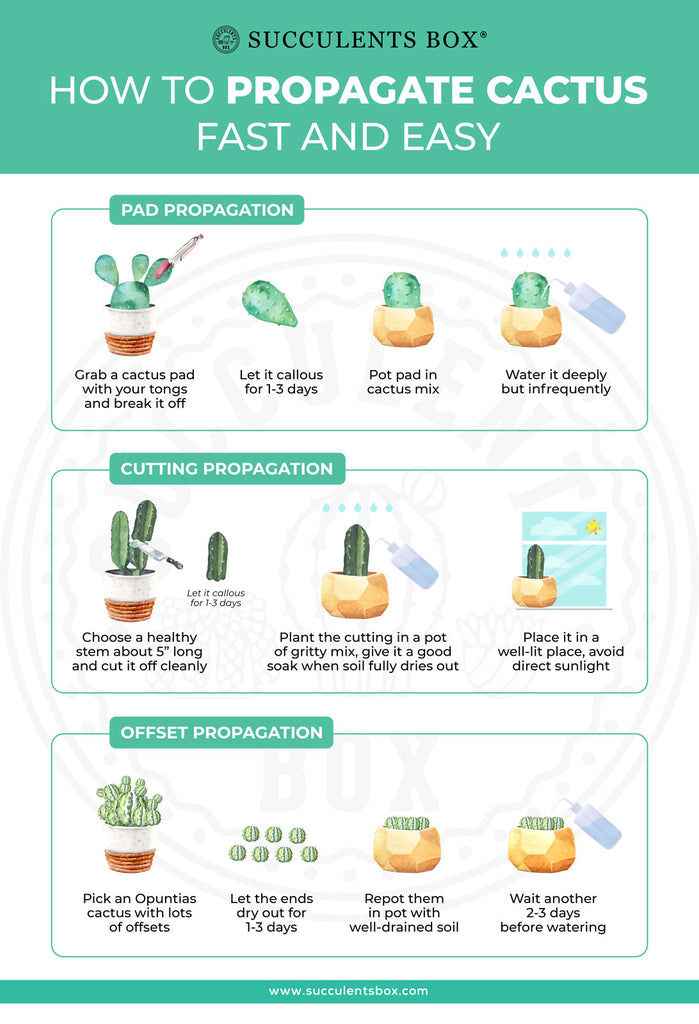Planting a cactus cutting can become a rewarding endeavor. The process not only enhances your collection but can also provide a deeper understanding of these resilient plants. This guide will walk you through the essential steps to successfully propagate a cactus cutting, offering insights into the what, why, and how of cactus propagation.
To propagate a cactus, one begins with understanding its anatomy. The succulent tissues store water, ensuring survival in arid conditions. Cacti are uniquely designed to thrive in drought, making them robust subjects for propagation. Every cutting has the potential to grow into a flourishing specimen that embodies resilience and beauty, acting as a testament to nature’s ingenuity.
Whether you’re an experienced gardener or a novice looking to dabble in plant propagation, grasping the specifics of cactus cutting is vital. This guide paves the way for a successful planting journey, transforming your perspective on plant care.
Preparation: Gathering Tools and Supplies
Before embarking on the journey of cactus cutting propagation, gathering the necessary tools and supplies is paramount. Start with a few basic items:
- Sharp, Sterilized Knife or Shears: A clean cut minimizes the risk of disease, so ensure that your blade is sharp and free of any pathogens.
- Well-Draining Soil: Select a gritty, well-aerated cactus mix to prevent root rot. A blend containing sand and perlite works exceptionally well.
- Pots with Drainage Holes: Choose pots that allow excess moisture to escape, fostering a conducive environment for your new plant.
- Labels: Consider labeling your cuttings. This can aid in tracking growth and identifying different species.
Deciding what type of cactus to propagate could also spark curiosity. For instance, Schick cactus or Christmas cactus offer unique characteristics and colorful blooms that might inspire different propagation methods.
Selecting the Right Cutting: How to Choose Wisely
Choosing the best cutting is pivotal for successful propagation. An ideal cutting should be healthy, free from blemishes or signs of disease, and at least three inches long. Understanding the specifics of the cactus variety you wish to propagate is beneficial—as some types prefer specific techniques or conditions.
When selecting a cutting, consider the following:
- Age and Vitality: Younger cuttings with active growth are more likely to root successfully.
- Time of Year: Springtime typically marks the end of dormancy in many cacti, making it an ideal time for planting cuttings.
- Condition of Parent Plant: Ensure the parent cactus is healthy, as this will impact the vitality of the cutting.
After selecting your cutting, allow it to callous. Lay the cut end in a warm, dry spot for a few days until a callous forms. This protective layer prevents rot when you place it in soil.
Planting the Cutting: Step-by-Step Instructions
Now that you’ve prepared your tools and selected a healthy cutting, it’s time to delve into the planting process. Follow these steps for optimal results:
1. **Prepare the Pot:** Fill your pot with the well-draining cactus mix, leaving some space at the top. Water the mixture lightly to ensure it’s moistened but not soggy.
2. **Position the Cutting:** Create a small hole in the soil using your finger or a pencil. Gently place the cactus cutting in the hole, ensuring the calloused end is down.
3. **Cover and Secure:** Lightly pack the soil around the cutting to stabilize it. Avoid burying it too deeply, as this can lead to rot. You want the cutting to remain upright and stable.
4. **Water with Care:** Initially, refrain from watering the cutting post-planting. Allow the soil to remain dry for about a week, encouraging root formation without excess moisture.
5. **Create a Suitable Environment:** Place the pot in an area that receives bright, indirect sunlight. Too much direct sunlight can scorch the young cutting, while insufficient light may hinder growth.
The period following planting is critical. Monitor moisture levels closely. Err on the side of dryness; cactus cuttings prefer drier conditions, especially as they develop roots.
Monitoring Growth: Nurturing Your New Cactus
As time unfolds, the excitement of propagation will lead to growth. The roots will gradually develop and anchor into the soil. This phase requires patience, as some cacti can take weeks or even months to establish fully.
During this phase, continue to provide the right conditions:
- Watering Schedule: Once roots have formed, establish a routine. Water sparingly, ensuring the soil dries out completely between watering.
- Fertilization: Introduce a diluted cactus fertilizer every few months. Young cacti benefit from nutrient boosts as they begin to grow.
- Temperature and Light Considerations: As the cactus matures, maintain warmth and ensure they receive adequate light to support continued growth.
In conclusion, planting a cactus cutting transcends mere gardening; it embodies an exploration into the botanical world. Understanding the nuances of propagation shifts one’s perspective on plant care, revealing that with knowledge and patience, anyone can cultivate thriving cacti. So gather your tools, choose your cuttings, and embark on this enthralling journey of cactus propagation!





Leave a Comment